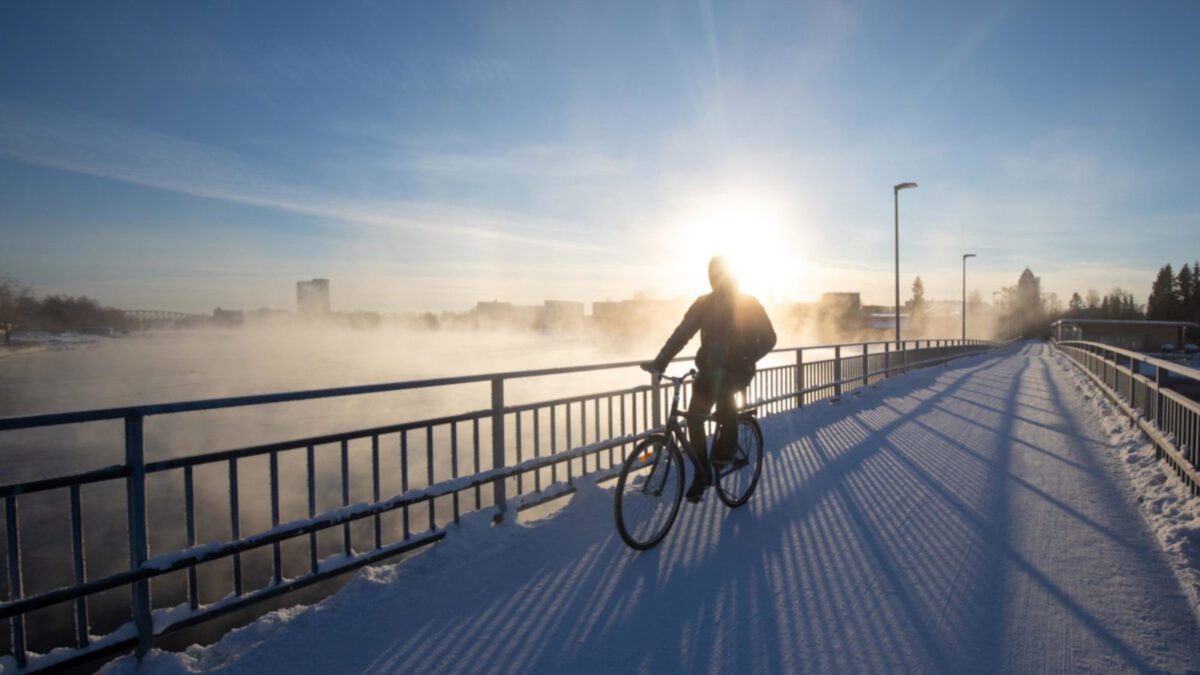A bunch of random bike-related stuff today.
I rode through Catonsville again this morning, and tried out one of my route modifications I mentioned in my previous post, for avoiding the Mellor Ave. / Bloomsbury Ave. intersection. Coming down Mellor, I detoured right onto Montemar Ave., and followed that around to Bloomsbury. I then turned left onto Bloomsbury and rode out to Asylum La. to cut through Spring Grove. Montemar is an infinitely better spot to make a left onto Bloomsbury. I was able to see adequately in both directions, and make my turn without worrying about getting creamed by some unseen, speeding car. Coincidentally, there was some kind of road work going on at the Mellor and Bloomsbury intersection. Not sure what they’re doing or how long it’s going to take. We’ll see.
A couple weeks ago, I picked up a couple of Planet Bike “Blaze” headlights, a 1-watt and a 2-watt. I was looking for a replacement for my old NiteRider Sol, which has a cord that’s going bad. From a convenience standpoint, the Blaze is fantastic. I put mounting brackets on all 3 of my bikes, and moving the lights from bike to bike is a snap. Both lights use the same bracket. I’m going to look into getting a helmet mount, so I can ride with one light on the bars and another on my helmet. I’ve used the flash mode on both lights several times on overcast days. The true test for the lights will come in November, when I ride home in the dark. Both lights put out a similar amount of light, and ironically, the beam on the 1-watt seems a little brighter than the 2-watt. I compared them in a darkened room, and I may need to actually ride with them at night to see the true difference between the two. We’ll see come November. Compared to the NiteRider Sol, the Blaze is roughly the same brightness, but the beam is slightly narrower and more focused. The big win: the Blaze takes two AA batteries, and is self contained, unlike the Sol, which uses a proprietary battery pack that attaches to a cord (and the cord seems to be a weak link).
The chain on my fixed-gear bike is already getting close to needing replacement. It’s a SRAM PC-1, and it has probably 750 miles on it. I’m hoping to get 1000 out of it. I somewhat expected shorter chain life with fixed gear, as the chain takes much more abuse than it would on a bike with a freewheel. I guess I should plan on replacing the chain every year or so. Fortunately, the PC-1 is pretty cheap. It’s certainly a lot cheaper than replacing tires.
